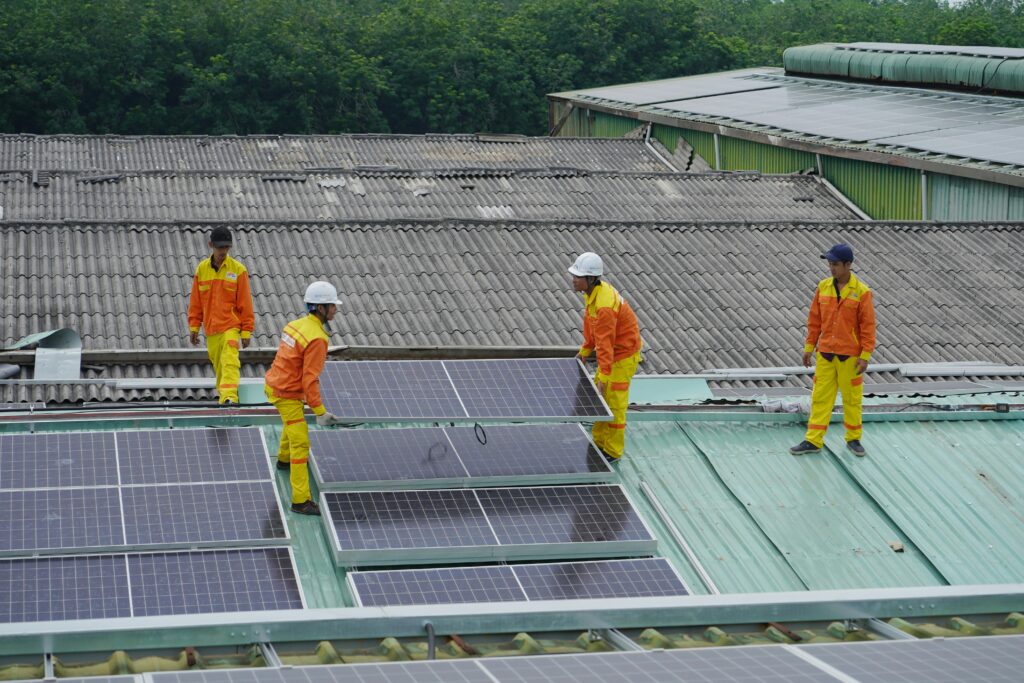
As the world grapples with the effects of climate change, environmental degradation, and the overuse of natural resources, the global economy is undergoing a significant transformation. One of the most promising shifts is the rapid emergence of green jobs — employment opportunities that directly contribute to a more sustainable planet. These roles are not only environmentally friendly but also essential for long-term economic stability, social equity, and climate resilience.
In this article, we explore what green jobs are, their benefits, the sectors driving their growth, the challenges involved, and what the future may look like as we transition into a greener economy.
Green jobs are positions that help protect or restore the environment, either by reducing the environmental impact of existing industries or by supporting new industries that directly benefit the planet. According to the United Nations Environment Programme (UNEP), a green job is “any decent job that contributes to preserving or restoring environmental quality, whether in agriculture, industry, services or administration.”




🌍 1. Environmental Impact
Green jobs play a direct role in combating climate change by reducing carbon emissions and improving energy efficiency. For example, solar panel installation and maintenance prevent millions of tons of CO₂ emissions every year.
💼 2. Economic Growth
The green economy is a powerful driver of job creation. According to the International Labour Organization (ILO), the transition to a green economy could generate 24 million new jobs globally by 2030. From clean energy to sustainable construction, every green sector is creating employment at scale.
🤝 3. Social Inclusion
Green jobs often promote inclusive growth, especially in developing nations. Initiatives such as solar panel installation in rural areas not only provide clean energy but also create jobs for local communities. Moreover, women and youth can benefit from new opportunities in green entrepreneurship and training.
🌞 1. Renewable Energy
This is one of the fastest-growing sectors. According to IRENA (International Renewable Energy Agency), over 13.7 million jobs existed in renewable energy by 2023. Solar PV and wind energy account for a significant share of this.
🏗️ 2. Green Construction
The shift toward eco-friendly buildings has created demand for sustainable architects, energy-efficient HVAC engineers, and construction managers specializing in green materials.
🚗 3. Clean Transportation
Electric vehicle (EV) manufacturing, battery development, and public transportation infrastructure are booming. From Tesla’s gigafactories to urban e-mobility startups, green transportation is driving new-age employment.
🗑️ 4. Waste Management & Recycling
From smart recycling solutions to circular economy systems, this sector is modernizing waste management — creating roles in logistics, sorting, data management, and waste-to-energy technologies.
🌿 5. Nature-Based Solutions
Jobs in conservation, reforestation, sustainable agriculture, and ecosystem restoration are expanding due to climate finance and rewilding initiatives globally.
While technical skills are key, green jobs often require a multi-disciplinary skill set. Here are some of the most in-demand:
Organizations and governments are launching green training programs to bridge the gap. For example, the EU’s “Green Skills Agenda” is investing billions into skilling and reskilling the workforce.
🔧 Skills Gap
One of the biggest obstacles is that demand for green skills is outpacing supply. A LinkedIn study showed that green job postings have grown 8% annually since 2016, but the number of workers with green skills is only growing by 6%.
🏭 Transitioning Traditional Industries
Industries like coal, oil, and gas must undergo a “just transition” — moving workers from carbon-heavy jobs to green ones, without leaving communities behind.
🧭 Policy & Investment Barriers
Countries without strong green job policies, tax incentives, or infrastructure investments may fall behind. Effective public-private partnerships are essential to scale green employment.
🇱🇰 Sri Lanka’s Green Push
Sri Lanka, like many island nations, is vulnerable to climate change. The country has invested in renewable energy (wind and solar farms) and eco-tourism, both of which have created thousands of jobs in rural communities. Community-based forest management and organic farming also support both sustainability and livelihoods.
🇩🇪 Germany’s Energiewende
Germany’s ambitious energy transition program has generated over 300,000 green jobs, making it a global leader in combining climate policy with employment strategies.
The green job revolution is only getting started. Over the next decade, sectors such as green hydrogen, carbon capture and storage, and circular economy innovations are expected to boom. With climate regulations tightening worldwide, businesses that fail to adopt sustainability risk falling behind — while those embracing the green economy will lead the way.
Governments, educational institutions, and employers must collaborate to:
Green jobs represent more than just an employment opportunity — they are the foundation of a new economic paradigm that values people, planet, and profit equally. As the demand for climate action intensifies, green employment offers hope for a future where environmental sustainability and economic prosperity go hand in hand.
Whether you’re a student planning your career, a policymaker shaping the future, or an entrepreneur seeking opportunity, green jobs are the path forward.

SatynMag empowers women with inspiring stories, expert advice, and uplifting content to fuel their strength and dreams
Welcome to Satynmag S Suite, online knowledge platform for career and personal growth. This is where you can empower yourself with cutting edge knowledge, latest know-how and grow.


